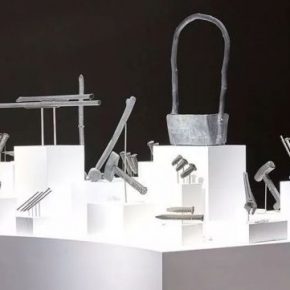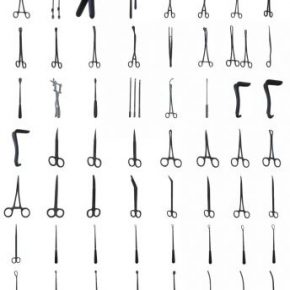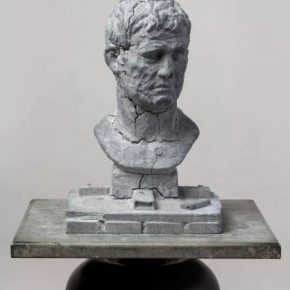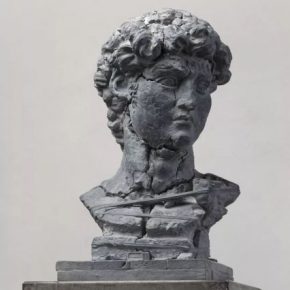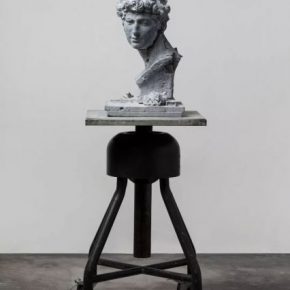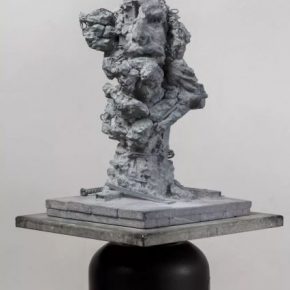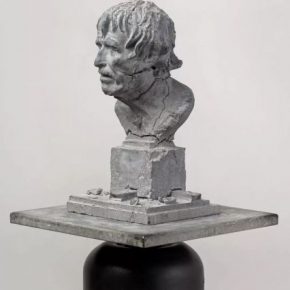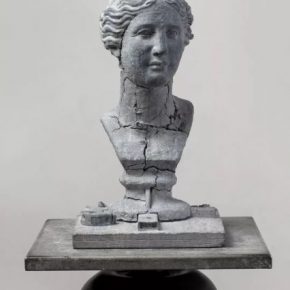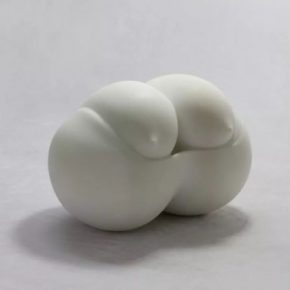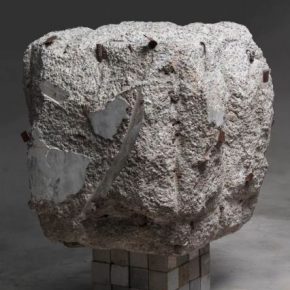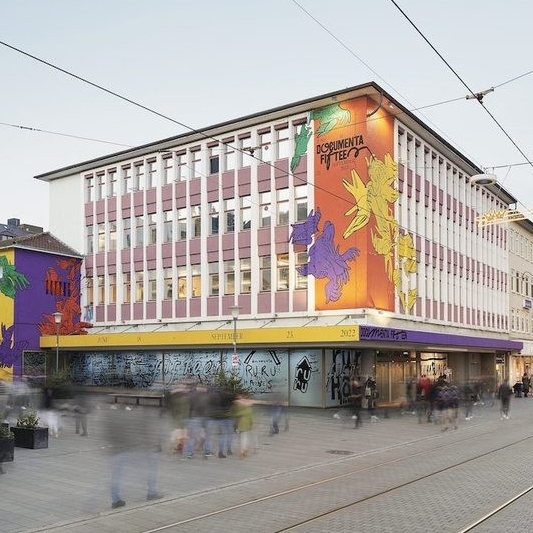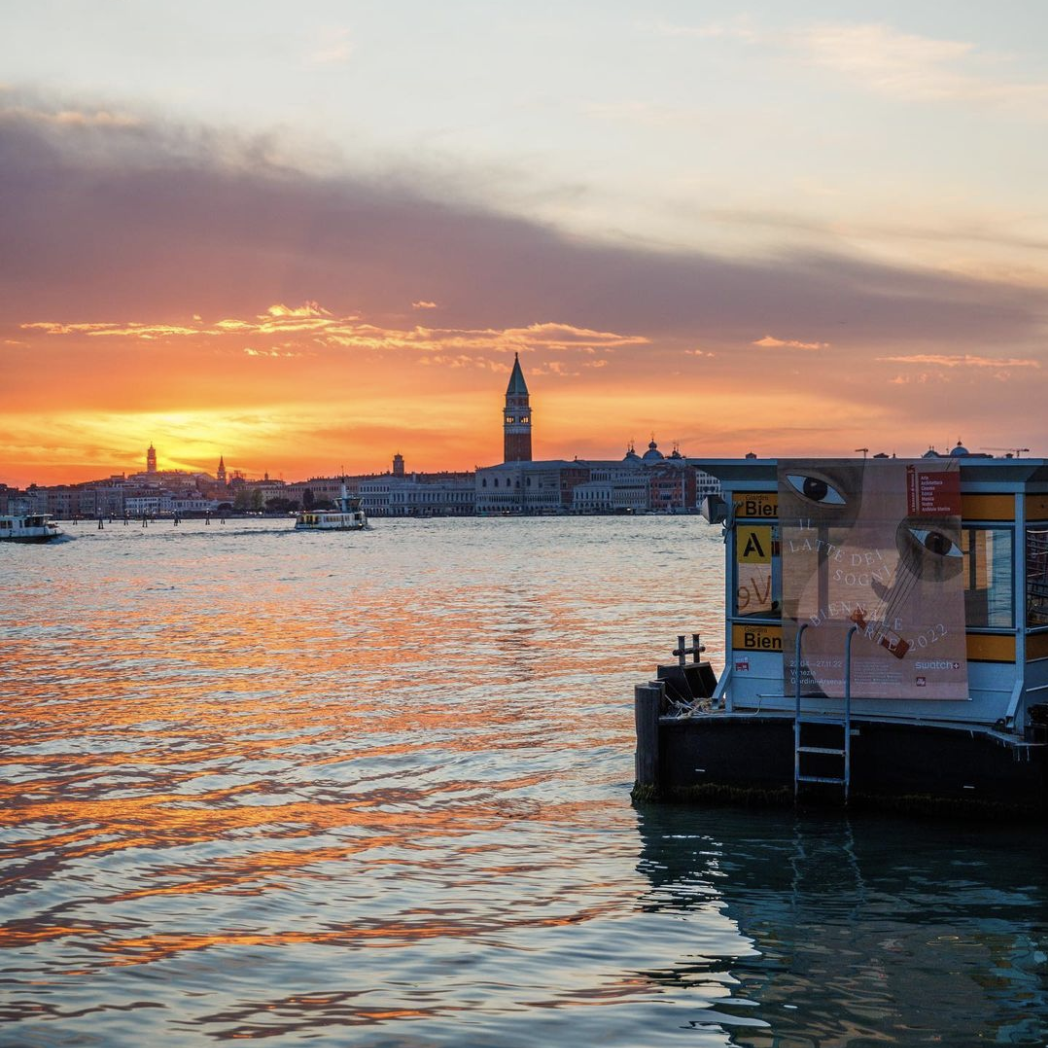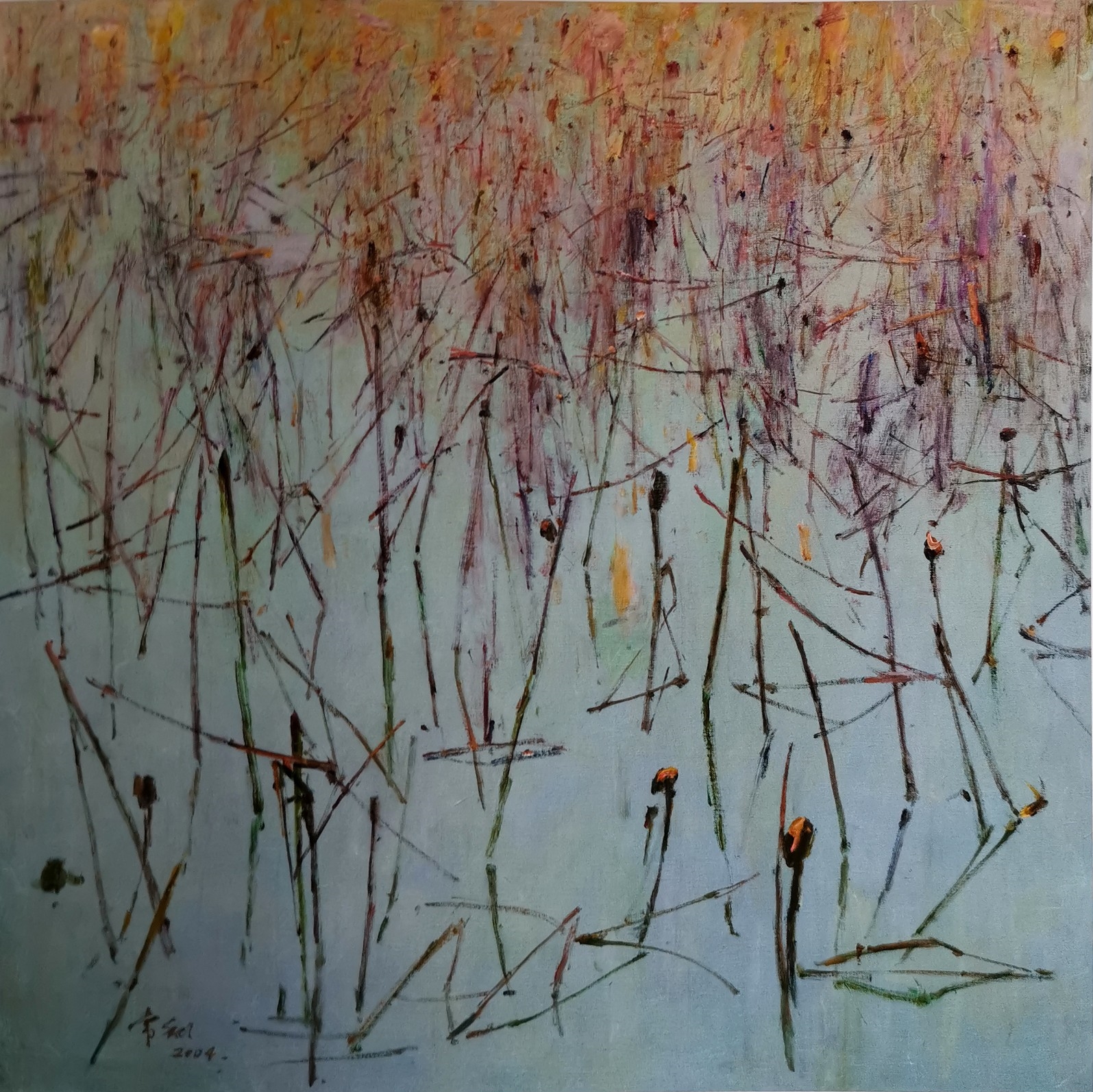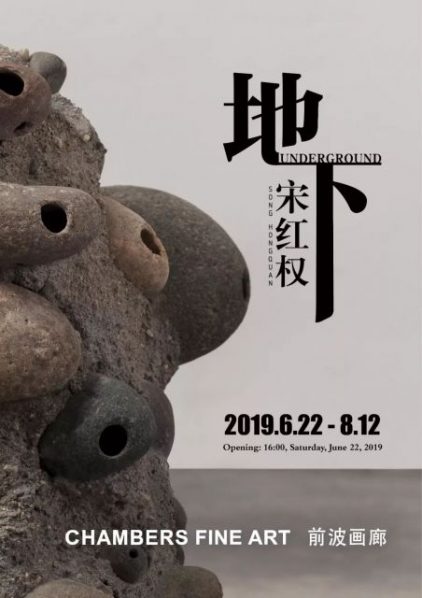
Chambers Fine Art is pleased to announce the opening on June 22, 2019 of Song Hongquan: Underground. Born in Hebei Province in 1978, Song is the son of a noted stone carver and unusually matured as an artist outside the academic system that is still so powerful in China. Growing up in rural China, Song’s earliest body of work reflected this environment rather than the familiarity with current trends in contemporary art that he would have absorbed if he had attended art school.
Initially he worked in two distinct modes. In After the Stone Age (2011) he carved highly realistic replicas of stone carving tools, a practice he continued in other groupings of carvings of implements, tools etc. and sets of vernacular furniture such as stools and low tables. Turning to marble for his next major body of work Units presented at Chambers Fine Art in 2013, and Cloudsin 2017, Song turned away from the minute scrutiny of everyday objects that characterized his stone carvings to svelte enlargements of many different kinds of seeds in Units and a fungus associated with certain kinds of bamboo used in Ayurvedic medicine in Clouds. Inadvertently, these exquisitely carved stone unitary carvings frequently paralleled the biomorphic forms of such modern masters as Jean Arp and Constantin Brancusi.
In the two years that have elapsed since Clouds, Song has turned away from the natural world that had been his primary source of inspiration in the white marble carvings of 2013 and 2017. The current exhibition consists of three groups of works, Re - sculpting (2017-2019), Spirit Eye Caveand Ten Meters of Mountains (2019) and Neolithic – Gynecological Surgical Tools (2019). Strongly divergent in thematic content and in technique, the three groups of works reflect changes in Song’s professional and personal life.
Since 2009 Song has been an instructor in the sculpture department at the Central Academy of Fine Arts (CAFA). Although in his formative years he had not received the kind of conventional academic training in which the copying of masterpieces is an essential part of the training, it still continues in the academies. In the storage areas at CAFA Song came across numerous copies of such world famous sculptures as Michelangelo’s David, Houdon’s bust of Voltaire and the Roman bust of Agrippa, and used these as the models. Under the general title Re -sculpting, Song has carved meticulous replicas bluestone of these abandoned and disintegrating copies of landmarks of Western sculpture. The stone carving skills that he has learned and is imparting to his students are used to replicate copies in clay of sculptural icons by trainee sculptors who will undoubtedly abandon these skills once they have graduated. The irony behind Song’s undertaking is unmistakable.
The disintegration of the Western tradition of sculpture so pithily presented in Re- sculpting is complemented by two other groups of works in which the unifying theme was occasioned by the demolition in the winter of 2018 of the area inside a disused railway track close to the Caochangdi art district where Song’s studio had been located. Once reduced to rubble, the poor quality of the cement from which so many buildings were constructed, containing pebbles and all manner of debris, awakened in him a desire “to hollow them out, to get inside them, to search for memories of the generation which had been displaced.” The sequence of works in Spirit Eye Cave consists of the cement matrix from which all the foreign matter has been meticulously removed, sad mementoes of urban decay. The environment fares no better in Ten Meters of Mountains and Rivers, a group of pieces of granite arranged to echo the celebrated Song Dynasty painting by Wang Ximeng called One Thousand Li of Rivers and Mountains but hollowed out in a manner suggestive of the depredations of mining on the environment throughout China.
In the past Song’s sets of tools have celebrated creative and nurturing activities, for example stone carving and cooking, but in Neolithic – Gynecological Surgical Tools Song turned to a controversial subject that is currently provoking heated debate, not only in China but also in the United States. The surgical implements can be used not only in benign procedures but also in abortions necessitated by the Chinese one child policy and dangerous back street abortions. Song’s meticulous replicas of gleaming surgical implements derive from his horror of gynecological surgery. “I do not know,” he has stated, “if my body temperature can be passed onto these stone carvings through the care with which I make them.”
Song Hongquan is unusual among contemporary sculptors in his use of traditional skills to refer obliquely to aspects of the development of sculpture over hundreds of years, and irreversible changes in Chinese society.
About the exhibition
Dates: June 22 – August 12, 2019
Venue: Chambers Fine Art
Courtesy of the artist and Chambers Fine Art, for further information please visit www.chambersfineart.com.


